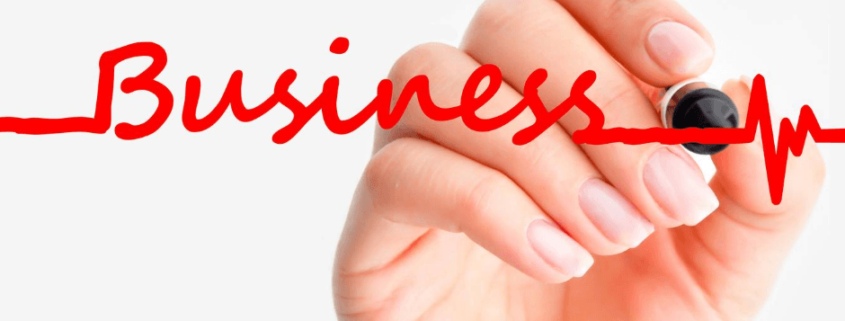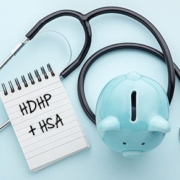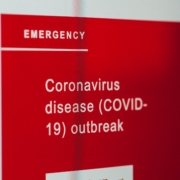“Stress Test” Your Business With 3 Crucial Steps
- Learn how to create a stress test for your business.
- Find out how to identify the risks your business faces.
- Learn how to develop a risk management strategy.
- You’ve created a strategy, so what comes next?
During the COVID-19 crisis, you can’t afford to lose sight of other ongoing risk factors, such as cyber threats, fraud, emerging competition, and natural disasters. A so-called “stress test” can help reveal blind spots that threaten to disrupt your business. Fiducial recommends you create a comprehensive stress test that includes the following three steps.
1. Identify the risks your business faces in your stress test
Here are the main types of risks to think about in your stress test:
- Operational risks (based on the inner workings of the company),
- Financial risks (involving how the company manages its finances, including the threat of fraud and effectiveness of internal control procedures),
- Compliance risks (related to issues that might attract the attention of government regulators, such as environmental agencies and the IRS), and
- Strategic risks (regarding the company’s market focus and its ability to respond to changes in customer preferences).
If you’ve analyzed your risks in prior years, beware. Current risk factors may be different due to changes in market conditions, business operations, and technology. For example, if your business pivoted to more online orders or remote work during the pandemic, it may now be more exposed to cyberattacks than it was before.

2. Establish a risk management strategy
Your stress test should include a meeting with managers from all functional lines of business — including sales and marketing, human resources, operations, procurement, IT, and finance and accounting — to discuss the risks you’ve noted. The goal of this part of your stress test is to improve your team’s understanding of business threats and to brainstorm ways to manage those risks.
For example, if your company operates in an area prone to natural disasters, such as earthquakes or wildfires, you should have a disaster recovery plan in place. If you don’t have a plan, make one. If you have one, go over copies of the plan and ask when it was last updated.
In addition to asking for feedback about risks, ask managers to share other risk factors and projections regarding the potential financial impact. Their front-line experience can be eye-opening, especially during these changing times.
3. Review and update your strategy
Managing risk is a constant process. After creating your initial risk mitigation strategy, your team should meet on occasion to review whether it’s working. If it isn’t, find ways to make it stronger.
For example, if your company’s disaster recovery plan has been triggered recently, ask your team to assess how well it worked. Then think about making changes based on that assessment. Your business is only as strong as your plans to protect it.
Need help creating a stress test for your business?
While risk is part of owning a business, some organizations are more prepared to handle the curveballs than others. To ensure your company falls into the “more prepared” category, create a stress test. Your Fiducial representative can help you assess current risks and develop a plan that’s right for you. Call Fiducial at 1-866-FIDUCIAL or make an appointment at one of our office locations. Ready to book an appointment now? Click here. Know someone who might need our services? We love referrals!
For more small business COVID-19 resources, visit Fiducial’s Coronavirus Update Center to find information on SBA loans, tax updates, the Paycheck Protection Program, paid sick and family leave, and more.









